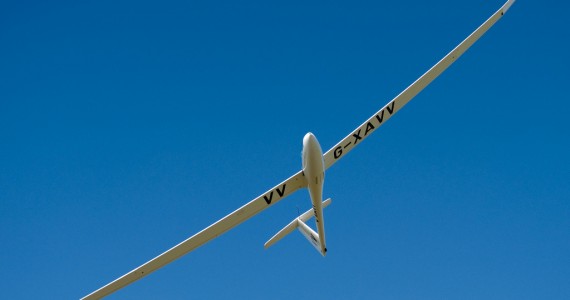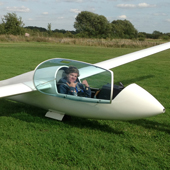About Gliding
Gliding can be many things to many people. To some it is the ultimate adventure sport involving racing gliders. To many others, it is a sport that challenges someone to first become a pilot and then to learn to harness the power of nature to stay airborne, whether flying locally to their club airfield, soaring cross country or trying to achieve the next personal best!
Exhilarating, engrossing, affordable and inclusive, gliding is enjoyed by people of all ages, physical abilities and backgrounds. It can be as exciting and challenging as you want it to be, and there are many diverse aspects to discover. No two flights are the same with the pilot continually attempting to make the best possible use of the rising air available on the day. From flying close to the local airfield to cross country, long distance and mountain wave flying to competitions, aerobatics and vintage aircraft there really is something for everyone.
Plenty of aircraft engineers, airline pilots, other professionals and graduates have found that experiences gained through gliding, including team work and other acquired soft skills, really helps them stand out from the crowd on their CV, in interviews and in day to day life.















